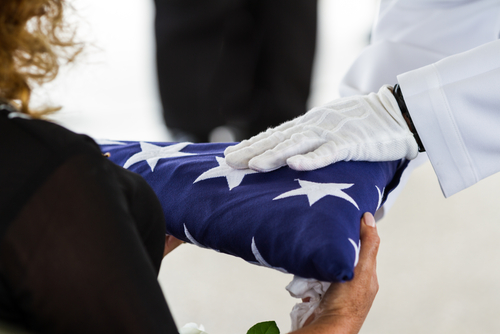Retired Lt. Col. Harry Stewart Jr., one of the last surviving Tuskegee Airmen and a decorated World War II pilot, passed away at 100, leaving a legacy of breaking racial barriers and exemplifying American heroism. The passing of Lt. Col. Harry Stewart Jr. marks the end of an era yet unveils a legacy of courage, determination, and groundbreaking contributions to aviation and civil rights.
A Pioneering Spirit in Aviation
Retired Lt. Col. Harry Stewart Jr’s passing reflects the loss of a crucial link to a pioneering era in aviation. Born on July 4, 1924, in Virginia, Stewart moved to New York, drawn by the skies. At 19, inspired by a love for flight and fueled by the attack on Pearl Harbor, he joined the Tuskegee Airmen program. For these brave men, flying wasn’t just a career; it was a path to equality and respect within the segregated military system. Overcoming monumental racial barriers, Stewart trained at the Tuskegee Army Air Field, receiving his wings in June 1944.
Retired Lt. Col. Harry Stewart Jr., who was a member of America’s first-ever black combat pilots known as the Tuskegee Airmen, has died at age 100. @DavidMuir remembers the lasting impact he's made on the nation during WWII, #AmericaStrong. https://t.co/a72xb5GmB9 pic.twitter.com/3eedopzRXq
— World News Tonight (@ABCWorldNews) February 5, 2025
Stewart served with the 332nd Fighter Group as part of the renowned “Red Tails,” making history as one of the first African American military pilots in the United States. He flew 43 combat missions during World War II, earning an Air Medal and a Distinguished Flying Cross for his bravery, including an impressive feat of downing three German aircraft on April 1, 1945. Stewart exemplified the courage and skill that marked the Tuskegee Airmen as competent as any pilot group during World War II.
Lt. Col. Harry S. Stewart Jr., one of the last living Tuskegee Airmen, has died at the age of 100. Stewart flew 43 missions and earned a Flying Cross and an Air Medal. With his passing, only one Tuskegee Airman remains alive. pic.twitter.com/VVHYexMo0p
— CBS Evening News (@CBSEveningNews) February 5, 2025
Life Beyond Combat
Stewart’s challenges didn’t end with the war. Despite his remarkable service record, racial discrimination barred him from becoming a commercial pilot post-WWII. He refused to be defeated by these injustices, turning toward higher education. Stewart obtained a degree in mechanical engineering and carved out a successful career, eventually retiring as vice president of a natural gas pipeline company in Detroit.
“I did not recognize at the time the gravity of what we are facing. I just felt as though it was a duty of mine at the time. I just stood up to my duty.” — Stewart.
Stewart downplayed his role in history, consistently expressing that his achievements were him doing his duty. Yet his life’s journey significantly advanced the cause of civil rights, as the Tuskegee Airmen’s excellence ushered in a new era of military integration.
Legacy and Reflections
Stewart’s legacy as a team member that won the U.S. Air Force Top Gun flying competition in 1949, albeit recognized only decades later, secures his position in aviation history. His story epitomizes the barriers the Tuskegee Airmen broke and their crucial role in the civil rights movement. Stewart, a humble man, often shunned the spotlight, yet his contributions inspire generations.
“We are deeply saddened by his passing and extend our condolences to his family and friends around the world,” – Brian Smith.
Lt. Col. Harry Stewart Jr.’s life is a testament to the power of perseverance in the face of adversity. In an era shaped by the courage of pioneers like Stewart, today’s military diversity stands on their stalwart shoulders. His legacy continues in every flight taken by today’s diverse corps of military aviators.
Sources:
https://www.yahoo.com/news/decorated-pilot-harry-stewart-jr-052259406.html
